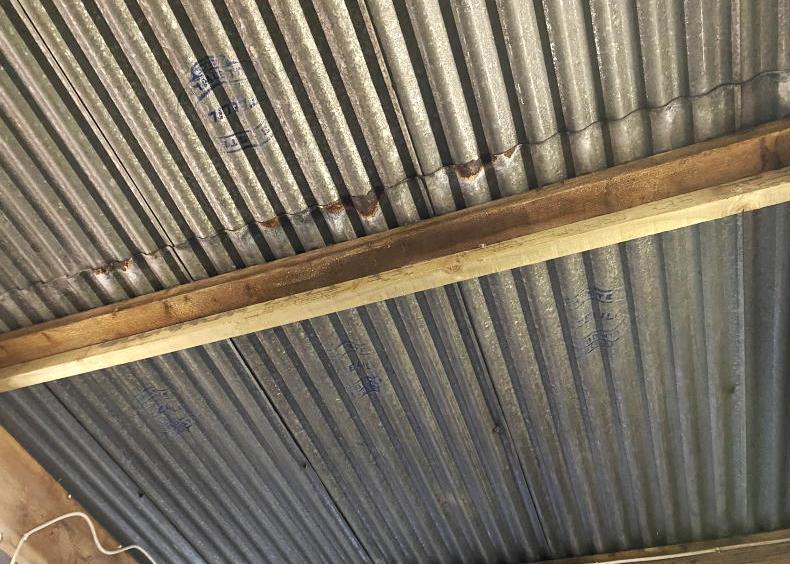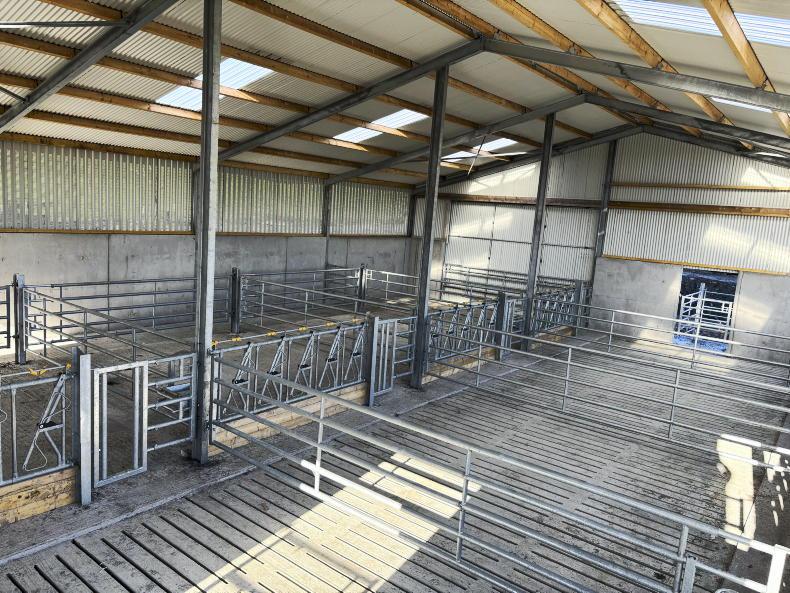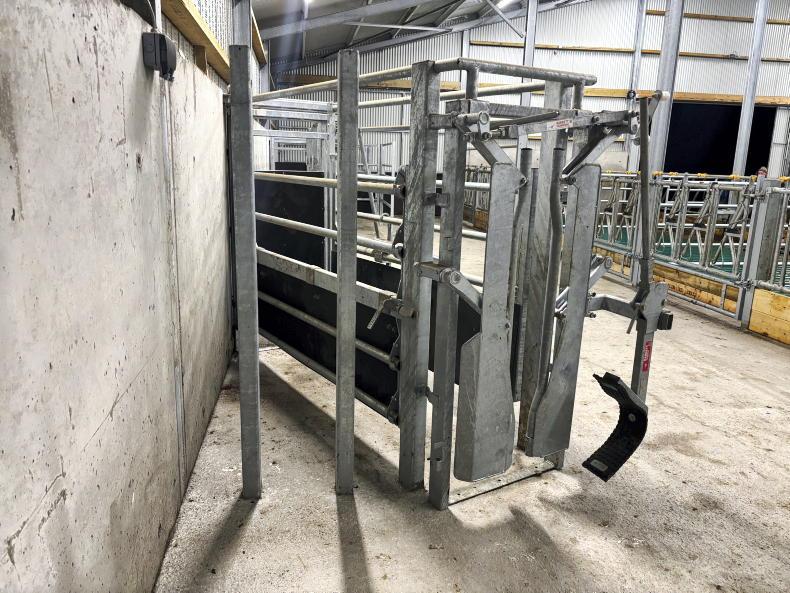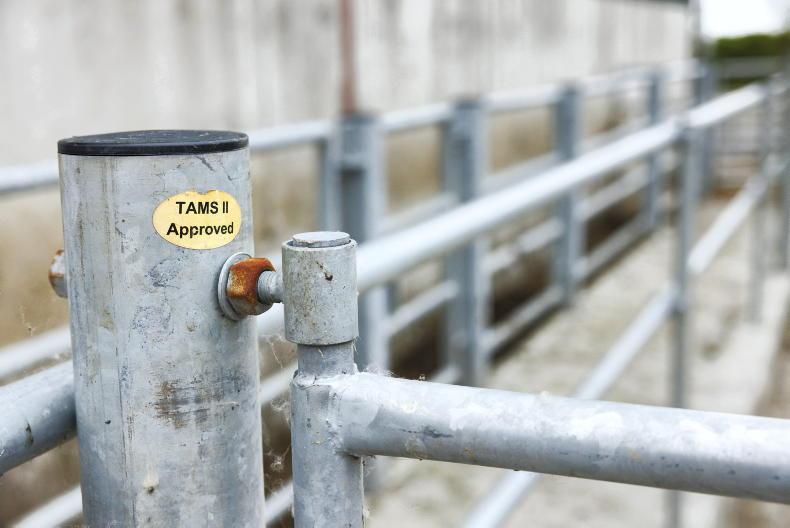We all know them. The rogue farmer who is often labelled ‘slurry bandit’ who is seen spreading during the closed period, getting away often under the mirage of spreading soiled water. If Minister McConalogue’s new ‘eye in the sky’ is as useful as they threaten it is, the bandit’s days are numbered.
And few will cry for them. At a minimum, everyone should have 16 weeks’ storage in place. Yet despite the closed period having been 15 October to 15 January (14 weeks), farmers awaited with bated breath to unreel the umbilical system on 16 January as tanks reached capacity, self-announcing that they were falling short of the legal requirement. Now that the closed period is pulled back to 1 October for the majority, these farmers could find themselves in even more of a pressure point.
Yet when pen is put to paper, these farmers are fine for storage. Storage is begged, borrowed and stolen with empty effluent tanks, calving pens and outwintering all ‘used’ to satisfy storage requirements.
Even without these, the old slurry figure of 0.33m³ per dairy cow is likely to be revised as it is seen as below the actual figure by some 20 %, similar to the reference costs that the Department of Agriculture gives for slurry storage under TAMS.
Research currently under way in Moorepark will help identify if we have been low balling slurry storage requirements as we have increased animal production.
If it’s found that we have, I can’t see the Department ignoring the research findings and continuing on with ancient figures.
But this pressure is likely a necessary evil. Writing this introduction last year, I noted that there was never as much focus put on organic fertilisers as before, due to the high cost of chemical fertilisers.
This year has seen prices fall for fertiliser, but so too have farmgate prices.
To help combat this, we should still be looking at our utilisation of our farmyard manure and slurry, as well as frequent soil sampling to analyse where best to put this valuable byproduct.
There were panic stations in mid-January when it was revealed that the accelerated capital allowance scheme for slurry storage called for all works to be completed by 30 June 2023.
Thankfully, the Department came back and assured us that the scheme was only set up like that due to the agriculture block exemption rule and that the scheme was set to continue for three years in total.
While there has been no word from the Department on this since, it would be poor form for the Department to renege on this promise.
An update from it confirming the extension would be welcome all the same.
Getting up to spec with slurry storage needn’t cost an arm and a leg, especially where TAMS aid is granted. It seems contradictory that farmers must have enough slurry storage before they can apply for additional storage, but so be the rules that the EU make.
Where you are applying for grant aid for building storage to physically have enough to get you through to February, when soil temperatures and grass growth are increasing, you may have to be creative with what’s classified as storage.










SHARING OPTIONS